I don't mean to say that the Stedelijk Museum extension designed by Benthem Crouwel is a total waste. For example, the base's transparency lightens its showy volume and rounds it off, welcoming the hosting square without crushing it and inviting the exploration of its ample interiors — which, by the way, sport the original back façade of the main building, both more respectable and respectful. As for its awkward shell, looks are not that crucial: the opening comes as a much-needed breath of fresh air after an excruciating period of apnea.
As an institution the Stedelijk was born from a rib of the more historical Rijksmuseum in 1874, later to earn its own building down the road — the one in sober, polite red-brick by A.W. Weissman. Exceptions made for the embarrassments of the last twenty years, which I will come to later, the museum's career has been glorious. In the early 1960s, still under the direction of the legendary Willem Sandberg (a key figure in the local cultural resistance before and during World War II), the Stedelijk hosted innovative events like the labyrinth/exhibition Dylaby by Tinguely, Spoerri & co., later showcasing avant garde groups like the Situationists, Nouveaux Réalistes, CoBrA, Zero and Nul. In particular, together with gallery/magazine Art & Project (also from Amsterdam), the museum became an important landmark for the emerging conceptual art movement. In those years, the lively exhibition program probably contributed to the creative and politically revolutionary energy that drifted through the Dutch capital, already shaken by the happenings of the artist-anarchist Provo movement. The city was an exciting place for art and a cultural hub where some pieces of history were made: it was at Amsterdam's Hilton hotel that Yoko Ono and John Lennon did their first "bed-in" in 1969, and — to stay in performance territory — it was among the canals that Marina Abramovic made the acquaintance of her future partner in art and life, Ulay, in 1975.
%20and%20new%20building%20designed%20by%20Benthem%20Crouwel%20Architects.%20Photo%20John%20Lewis%20Marshall._original.jpg.foto.rmedium.jpg)
The hiccups started in 1993, when the new director Rudi Fuchs found the Robert Venturi renovation project that his predecessor Wim Beeren had chosen the year before as unfit for the job. When the plan turned out to be too expensive, the Postmodernism bard was promptly put aside in favor of Álvaro Siza, but even the Portuguese architect's proposal — after a legal hitch that forced the museum to launch a new competition, resulting nonetheless with his confirmation — was eventually discarded for its oversized costs. The current project finally emerged as unanimous victor out of an all-Dutch shortlist in 2004, but — between safety issues, economic crisis and constructor bankruptcies — the opening, initially scheduled for December 2009, was repeatedly postponed, while the budget rose from 17 to 127 million euros.
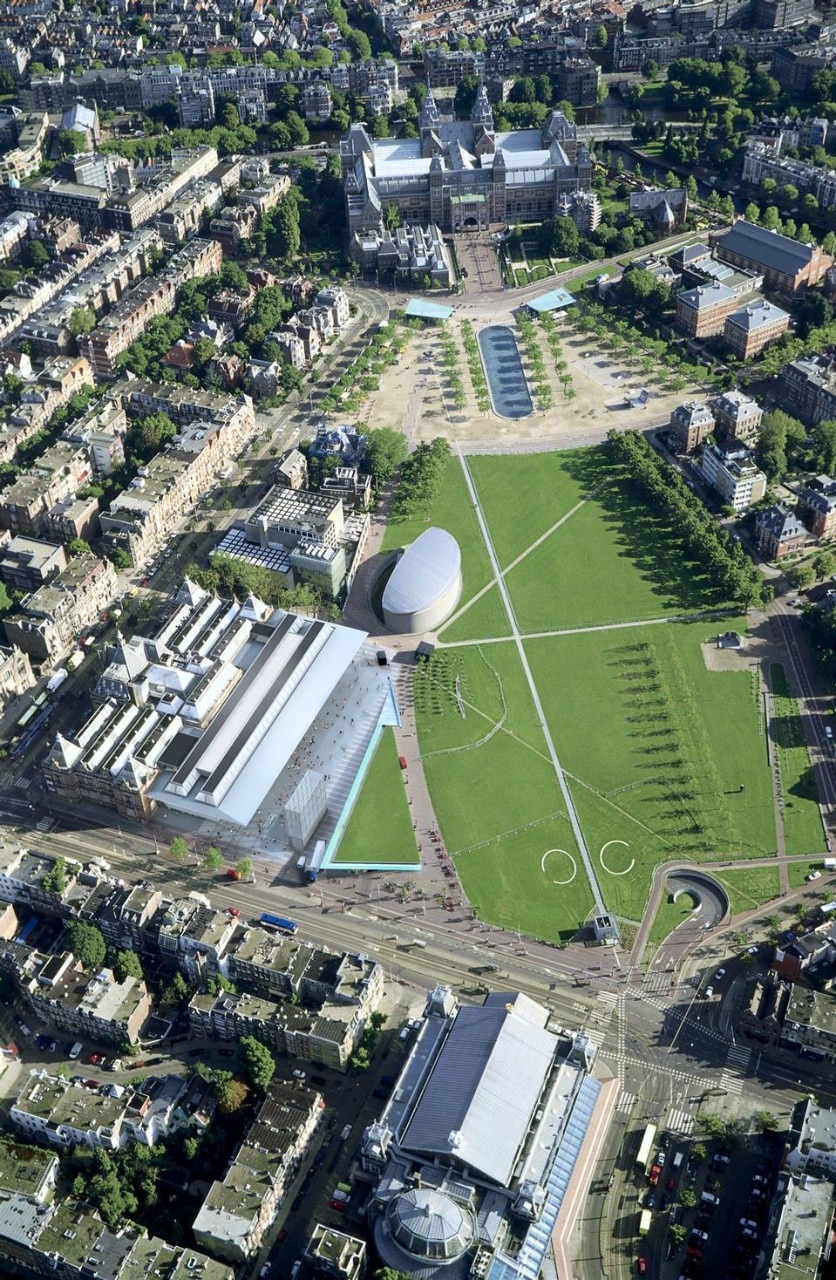
Whatever the future of art in the Dutch capital will be like, the Stedelijk has no more excuses: it will have to play its central role and bring the contemporary art discourse to the fore, keeping the high standards set by all the valuable organizations that have been active during its intermittent presence
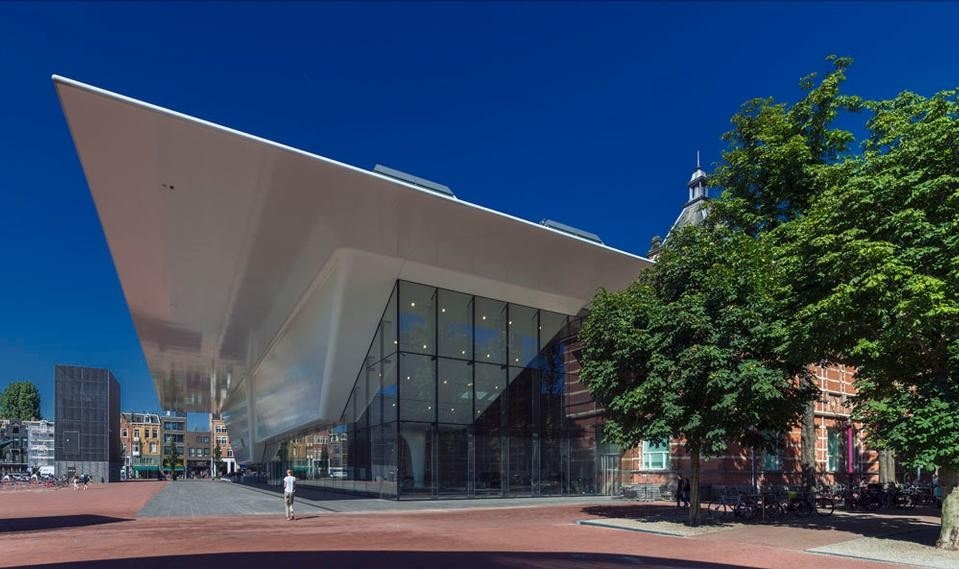
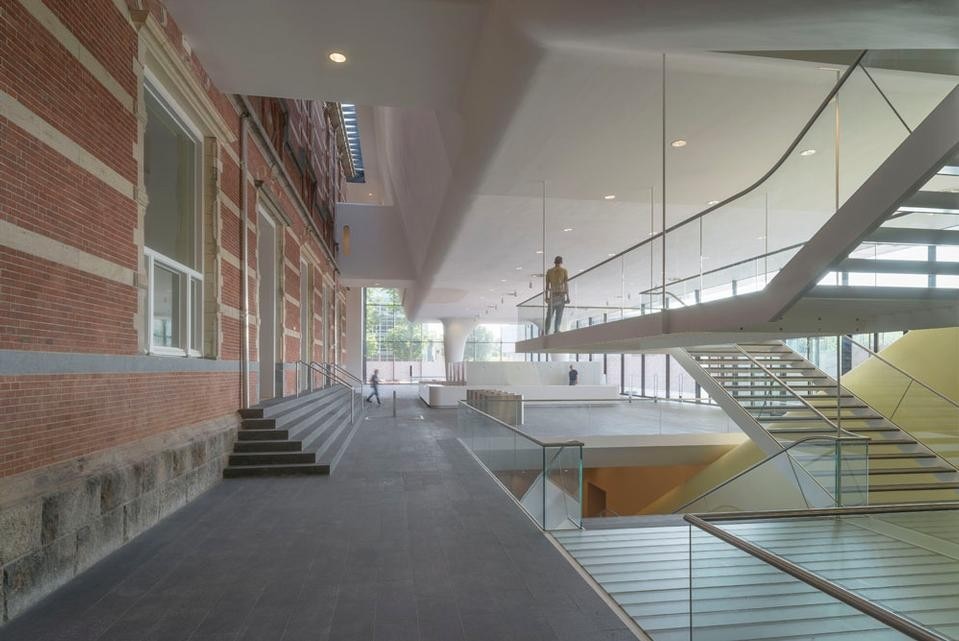
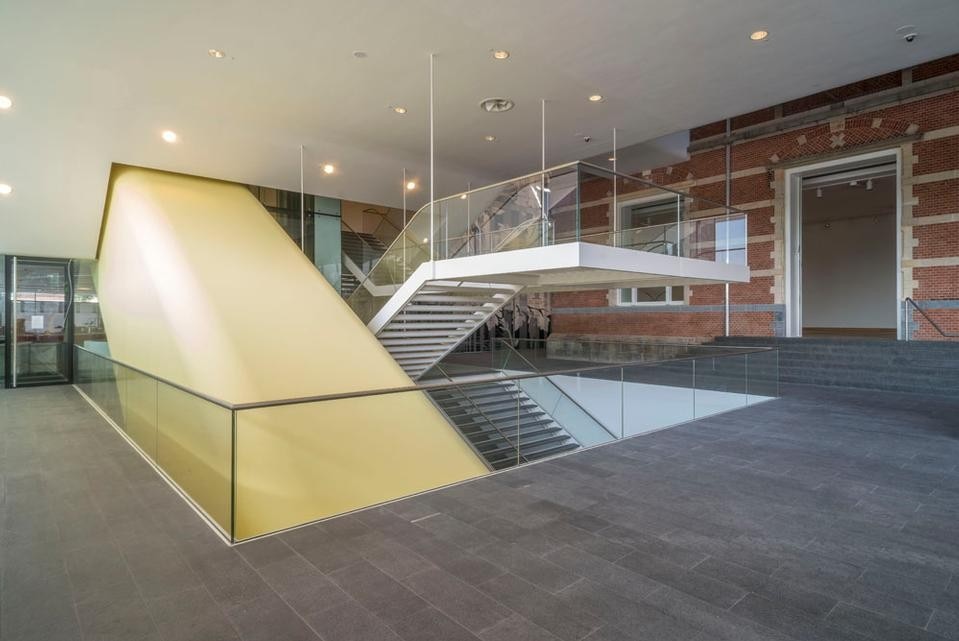
,%20in%20the%20former%20restaurant%20space,%20Stedelijk%20Museum.%20Photo%20John%20Lewis%20Marshall_original.jpg.foto.rmedium.jpg)
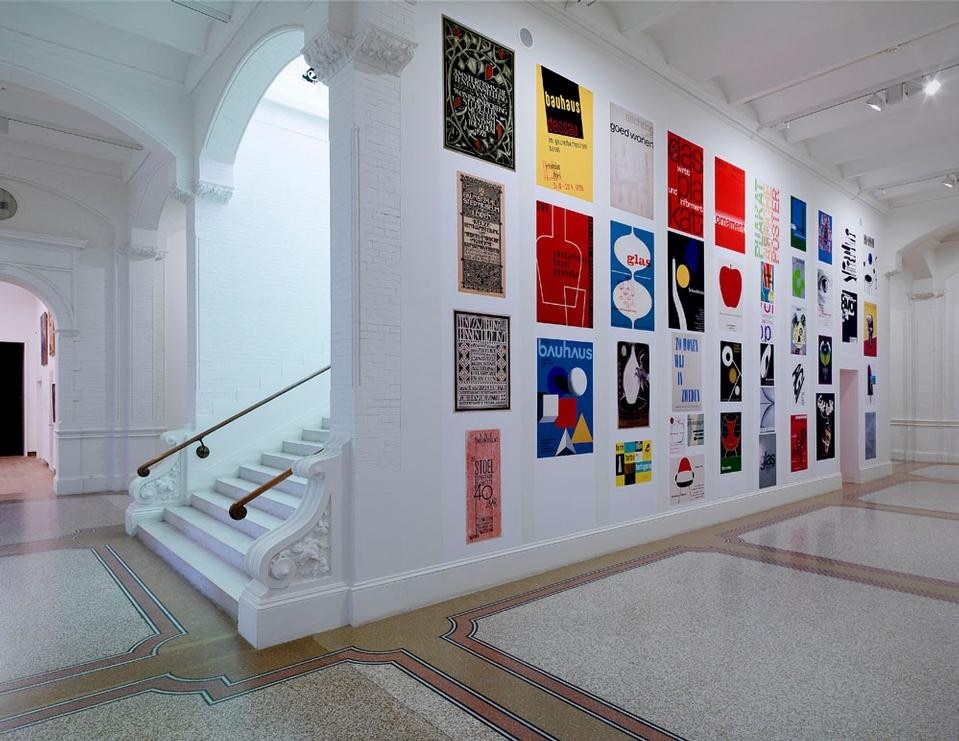
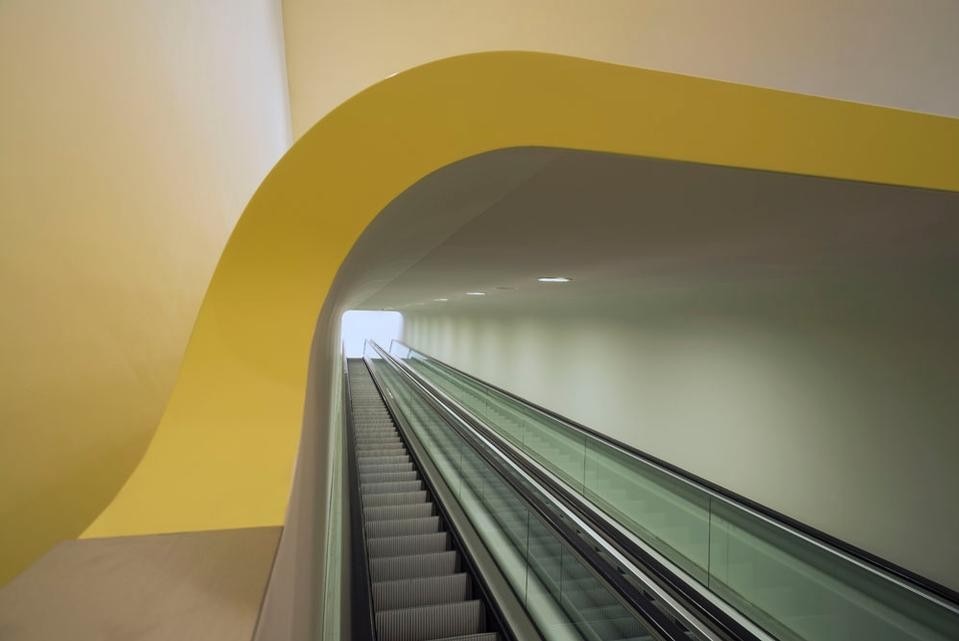
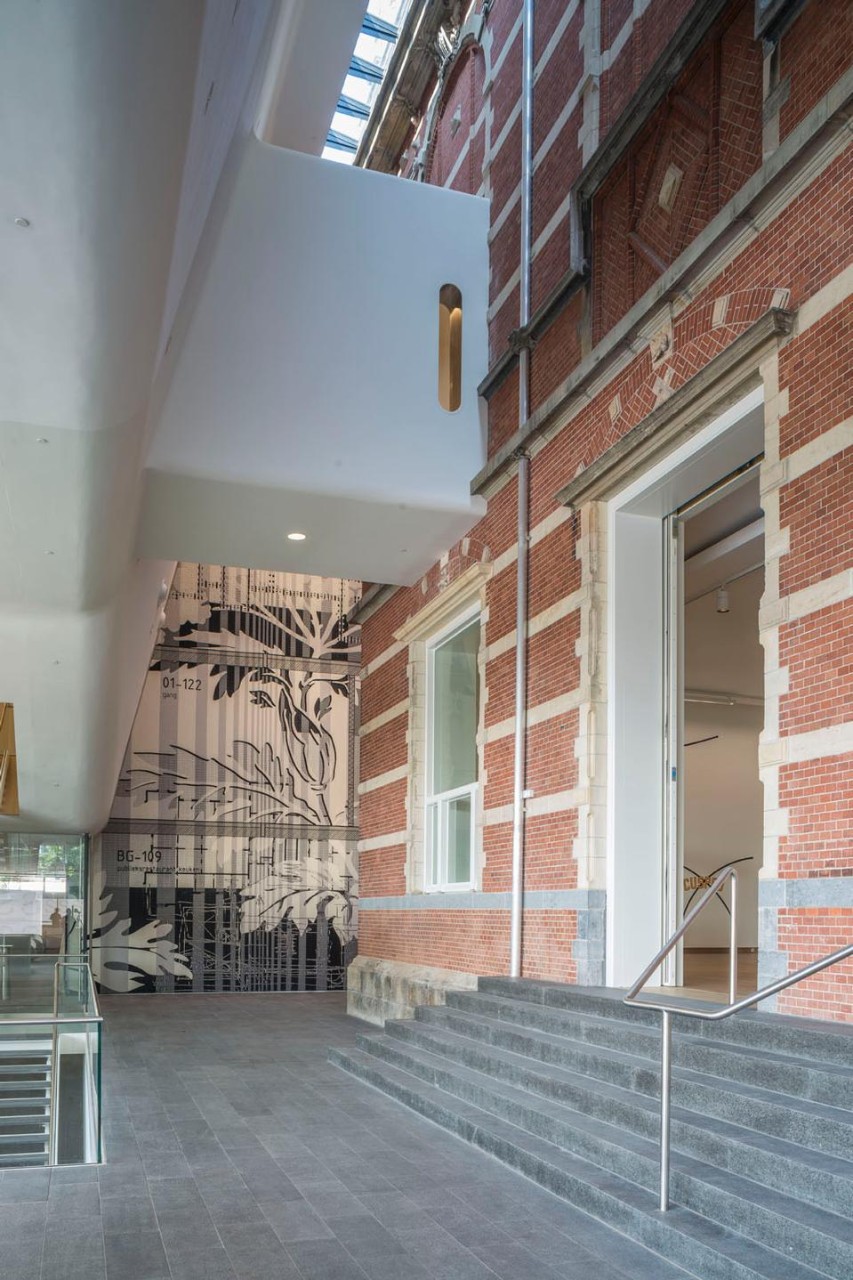


. Photo Ernst van Deursen_original.jpg.foto.rmedium.jpg)